- 800.525.2690
- [email protected]
- Mon - Fri: 8:00 - 4:30
New Hearing Protection Options for Workers with Hearing Loss
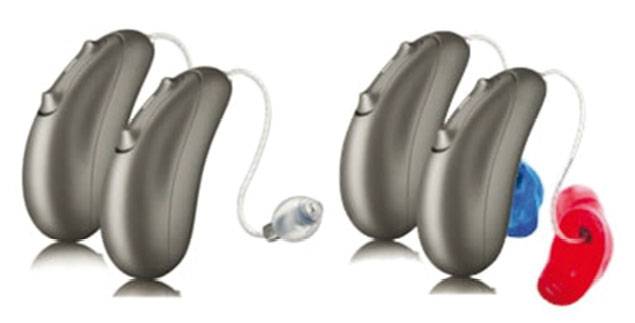
In today’s global environment, the ramifications of excessive noise exposure could not be more apparent. According to the World Health Organization (WHO), unaddressed hearing loss is the third most common health disability—ahead of diabetes, vision loss or cancer. The two primary factors causing hearing loss are excessive noise exposure and aging-related presbycusis.1
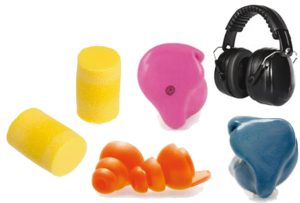
Traditionally, reaching 65 years of age meant a person had become an “old timer,” ready for retirement. Due to better healthcare and knowledge of successful medical treatments, the 21st century finds people working longer and, simultaneously, experiencing hearing loss due to aging in addition to excessive noise exposure. In a study2 of 83,000 subjects that compared people who retired to those who worked past age 65, those who
worked past age 65 were about three times more likely to report good health and about half as likely to have serious health problems, such as cancer, heart disease or severe hearing loss. The number of workers over age 65 has been increasing for some
time. According to U.S. Bureau of Labor Statistics (BLS), from 1977 to 2007 there was a 101% increase in employed people who were over the age of 65.3
Not all Baby Boomers are itching to retire. Because a substantial portion of the U.S. workforce is older, it is imperative to recognize the possibilities that one of the potential issues in this group can be a moderate-to-severe hearing loss.
The Plight of Workers with Hearing Loss
The Plight of Workers with Hearing Loss Among all noise-exposed workers, 19% have a level of hearing impairment that impacts day-to-day activities, such as understanding speech and enjoying routine activities. The incidence of hearing loss in the U.S. is well known.
Figure 1 shows data4 suggesting that, due to a combination of possible previous noise exposure complicated by presbycusisn (old age hearing loss), the likelihood of older workers with a significant hearing loss is much greater than with younger workers. In most cases, younger workers can use traditional hearing protection devices (HPDs), while older workers with a hearing loss may require filtered or electronic devices that provide situational awareness.
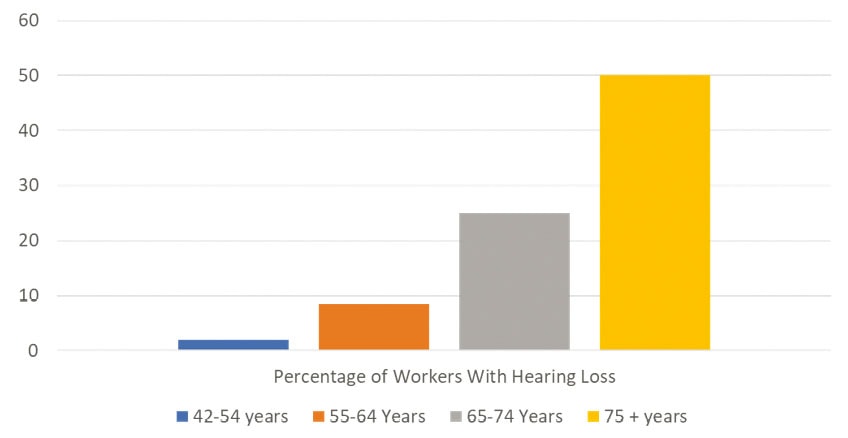
Situational Awareness and HPDs
Situational awareness is described as an acoustical awareness of environmental surroundings, as being able to detect, recognize and identify the source of the sound. Hearing warning sounds from alarms or machinery in addition to localizing environmental sounds is a critical concern for the safety of the employees, as well as for those who work near them.
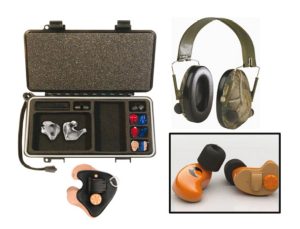
One way of preserving situational awareness but maintaining hearing protection is to attenuate (reduce) damaging noise. However, too much attenuation has long been recognized as a serious concern in industrial, military and recreational hearing conservation. Over-attenuating may contribute to employees being unable to adequately communicate with coworkers or hear critical sounds, such as alarms or equipment noise, resulting in modifying the fit of the assigned HPD.
Passive HPDs can be frustrating for the hearing-impaired seeking to preserve their hearing. Active HPDs have been proven to offer great benefit to both those with normal hearing and those with a noticeable hearing impairment. Options include filtered ear protection, in addition to digital electronic devices that amplify critical sounds while attenuating loud sounds, such as wind or impact sounds. For employees with moderate to severe hearing loss, if they are not programmable, they can contribute to poorer hearing.
These researchers state that, when substantial hearing impairment is present, especially in the case of hearing aid users, decisions regarding employment in noisy occupations and/or the use of hearing protection are not clear cut. This has always been the view of OSHA and industrial audiology consultants, as standard hearing aids are not designed to be used as an ear protector.
HPD Solution: Moderate-to-Severe Hearing Loss
Just in time for the increasingly numerous older workers and those that have noisy recreational activities, new technology has become available that makes special hearing aids multifunctional.
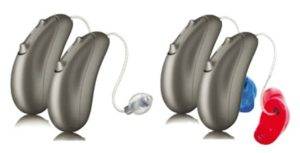
They can now be programmed to an individual’s hearing loss and modified to work well as an ear protector. Basically, these devices use special ear couplings to the ear to facilitate its use in both modes: as a hearing aid and as an HPD. These instruments usually begin as a lower technology device but may be upgraded by audiologists and hearing aid dispensers as necessary, to offer premium technology through a simple upgrade. One study5 found that those experiencing tinnitus (ringing in the ears) had a reduction in the problem 65% of the time when wearing hearing aids.
In summary, there are more individuals today working in noisy industrial environments or enjoying recreational activities past the age of 65. Fortunately, there are now multifunctional hearing aids that can be incorporated to allow them to continue working or enjoying noisy hobbies. While they are not the over-the-counter type of hearing devices, multifunctional programable instruments are a reality, enabling better hearing and improved safety for those with moderate-to-severe hearing loss.
References
- 1. WHO (2021). World Report on Hearing
- 2. Kachan D, Fleming LE, Christ S, Muennig P, Prado G, Tannenbaum SL, et al. (2015). Health Status of Older US Workers and Nonworkers, National Health Interview Survey, 1997–2011.
- 3. bls.gov/spotlight/2008/older_workers/
- 4. Hoffman H., Dobie R., Losonczy K., Themann C., Flamme, G. (2016). Declining Prevalence of hearing loss in US Adults aged 20-69 Yeats. JAMA Otolaryngology – Head & Neck Surgery, Chicago, Il.
- 5. Kochkin, S., Tyler, R. (2008). Tinnitus Treatment and the Effectiveness of Hearing Aids: Hearing Care Professional Perceptions, Hearing Review. 15(13), pp.14-18
About the Authors
Robert M. Traynor, Ed.D., MBA, FNAP, is a board-certified Audiologist with 46 years of clinical practice in audiology. He is a hearing industry consultant, trainer, professor, conference speaker, practice manager, author and head of Robert Traynor Audiology, LLC in Ft Collins, CO. https://roberttraynoraudiology.com/
Garry G. Gordon, M.S. is Audiologist /CEO of E.A.R., Inc., in Boulder CO. He has served more than 4,000 major medical, audiological, recreational and industrial accounts around the world and has trained a 500+ member network of hearing protection providers. https://earinc.com/
Recommended Reading
BLS 2008 report: Older workers: Are there more older people in the workplace?
Loudenback, T. (2019). Millions of Americans are working past 65, and it’s not because they can’t afford to retire. Insider, Retrieved February 20, 2023.
Maestas, N. (2018). Working later in life can pay off in more than just income. Staying Healthy. Cambridge, MA: Harvard Health Publishing, Harvard Medical School. Retrieved February 20, 2023.
